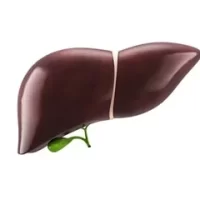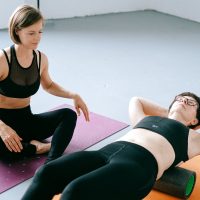In the present study, researchers assessed the natural course of COVID-19 symptoms at three months and six months post-testing, the prevalence and course of symptoms developed three months post-testing, and those documenting symptoms developed six months post-testing.
The study included individuals from the CLoCK project, who were non-hospitalized CYP between the ages of 11 and 17, and who self-reported long COVID symptoms in online questionnaires three and six months after COVID-19 was confirmed by PCR between January and March 2021. CYP without SARS-CoV-2 infection, of same sex, age, and residential location, with similar testing months, were matched to COVID-19 patients using the United Kingdom (UK) health security agency (UKHSA) worldwide COVID-19 testing dataset.
Between September 2020 and March 2021, data were collected on more than 30,000 children and teenagers at six months, a year, and two years after PCR tests. The analysis did not include anyone who initially tested negative for SARS-CoV-2 but later had COVID-19 within six months of the PCR test.
The questionnaires covered demographic information, the pediatric SARS-CoV-2 infection questionnaire from the International Severe Acute Respiratory and Emerging Infection Consortium (ISARIC), and questions on the mental health of CYP in England. The questionnaires also contained questions from the Chalder tiredness scale, the short Warwick Edinburgh mental well-being scale, and sections of the strengths and problems questionnaire.Anosmia prevalence also reduced from 21.0% to 5.0% and 4.0% within three and six months, respectively. In addition, the prevalence of tiredness and breathlessness was reduced, albeit at a slower rate. Among SARS-CoV-2-negative CYP, the team observed similar symptom profiles and trends with lower prevalence rates. Of note, regarding breathlessness and tiredness, the overall prevalence at three months and six months was greater than at testing since the symptoms were documented in novel CYP cohorts who did not report those symptoms before. Among the test-positive individuals, 36%, 68%, and 57% had ≥1.0 symptoms at PCR testing at three months and at six months, respectively.
The corresponding percentages for test-negative individuals were 9.0%, 53%, and 35%, respectively. For PCR-positive individuals, the prevalence rates of unusual tiredness at baseline, three months, and six months were 24%, 40%, and 41%, respectively. The proportion comprised 13% who initially documented tiredness at baseline and 27% who documented ‘new’ tiredness at three months. At six months, ‘tired’ participants comprised 12.0% of those reporting tiredness at study initiation, 19.0% who reported tiredness at three to six months of testing, and 10% who reported tiredness for the first time at six months. Dizziness prevalence remained constant at all time points.












